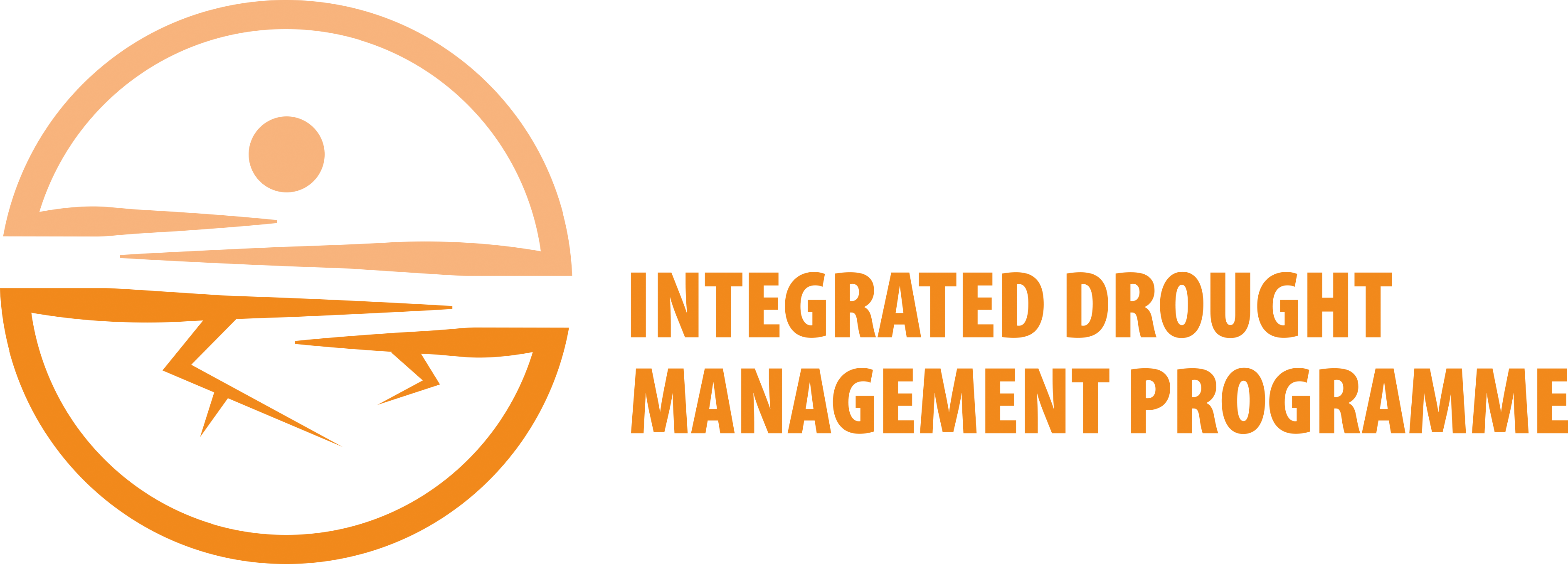United States Drought Monitor (USDM)
Index name: United States Drought Monitor (USDM).
Ease of use: Green.
Origins: Developed by Svoboda et al. in the late 1990s as an analysis of drought conditions using the results of many indicators and inputs and based on comparing current data with historical conditions. The work was the first operational ‘composite’ approach applied in the United States.
Characteristics: Uses a method of percentile ranking in which indices and indicators from various periods of record can be compared equivalently. It has a scale of five intensity levels, from abnormally dry conditions that will occur about every three to five years, to exceptional drought conditions that will occur about once every fifty years. It is flexible in that any number of inputs can be used, and it has a level of subjectivity that allows for the inclusion of drought-related impacts in the analysis.
Input parameters: Flexible, as there are no set numbers of indicators. Originally, only a few inputs were used; currently, the construction of USDM involves analysis of 40–50 inputs. Drought indices, soil moisture, hydrological inputs, climatological inputs, modelled inputs and remotely sensed inputs are all included in the analysis. As new indicators are developed, USDM is flexible enough to also include them.
Applications: Ideal for monitoring droughts that have many impacts especially on agriculture and water resources during all seasons over all climate regimes. It is a weekly product, but can also be adapted for monthly analyses.
Strengths: Uses many indices and indicators, which makes the final results more robust. It is flexible to meet the needs of various users. It was innovative in the way it identified drought and classified intensities, and has the ability to analyse data from various timescales using the percentile ranking methodology.
Weaknesses: Operational data are needed, as most current inputs will provide the best results when the analysis is done. If only a few inputs are available, USDM analysis becomes weaker, but it remains applicable.
Resources: The methodology is explained well in the literature and on the United States Drought Monitor website.
Reference: Svoboda, M., D. Lecomte, M. Hayes, R. Heim, K. Gleason, J. Angel, B. Rippey, R. Tinker, M. Palecki, D. Stooksbury, D. Miskus and S. Stephens, 2002: The Drought Monitor. Bulletin of the American Meteorological Society, 83(8): 1181–1190. DOI: 10.1175/1520-0477(2002)083<1181:TDM>2.3.CO;2.


